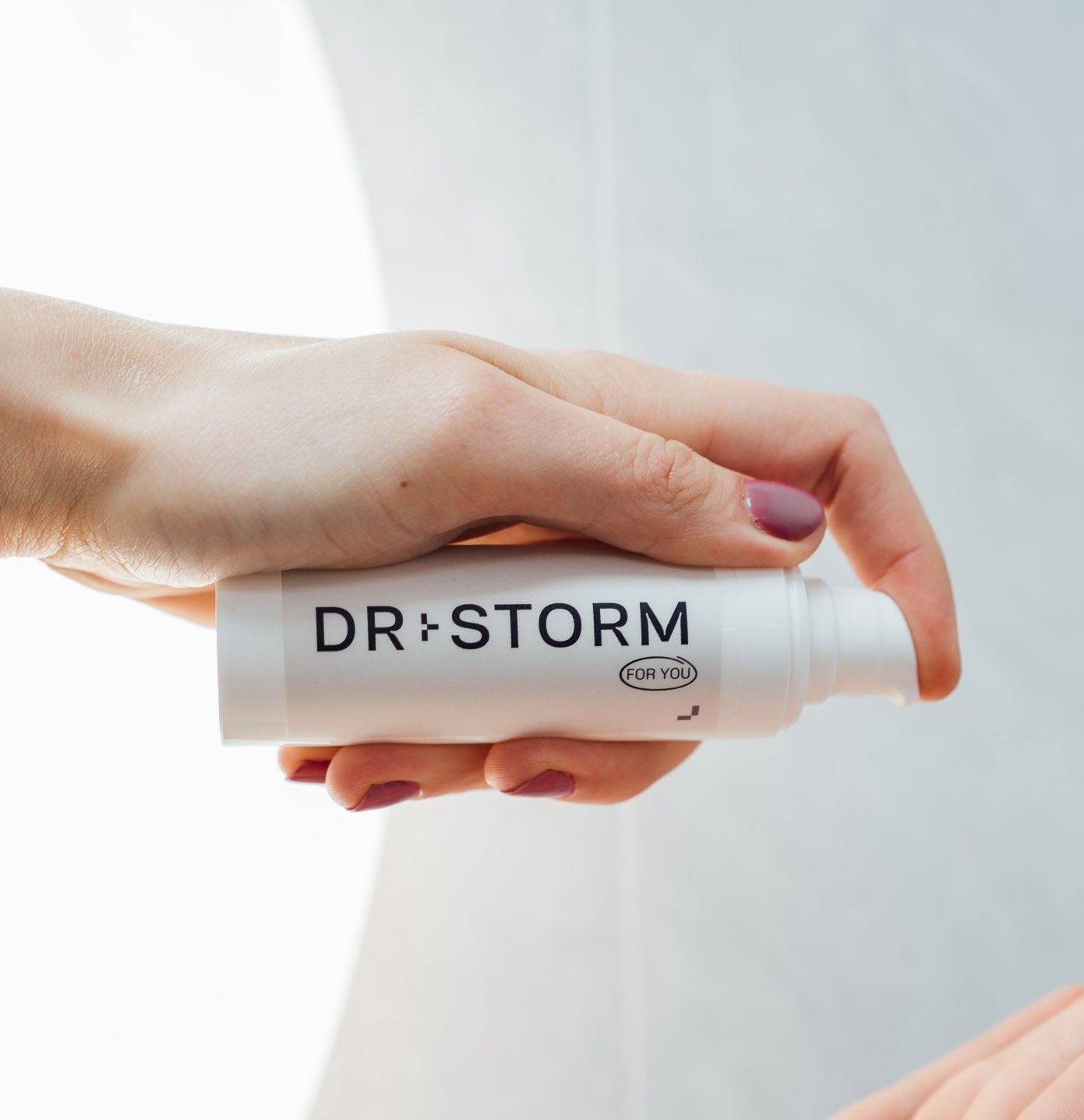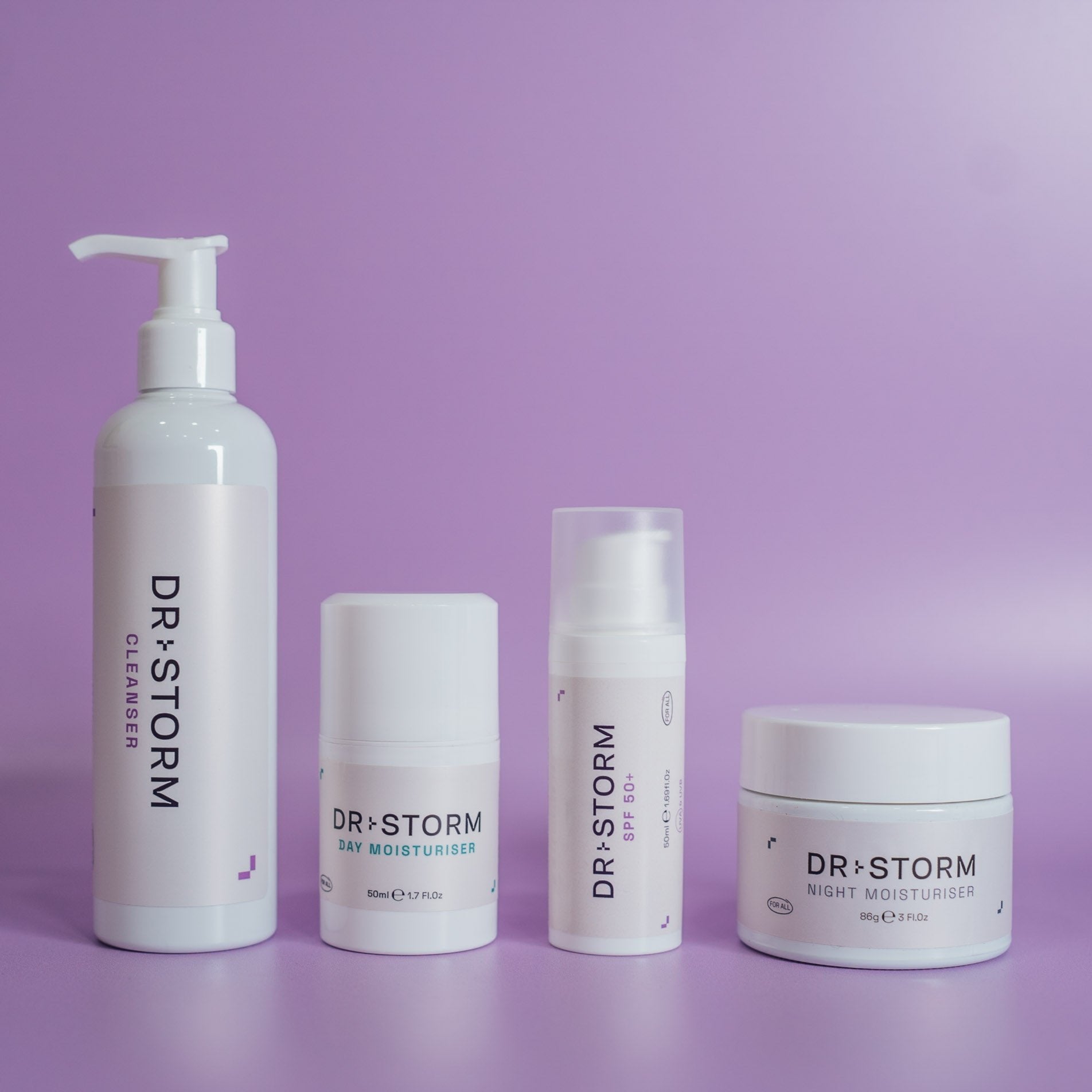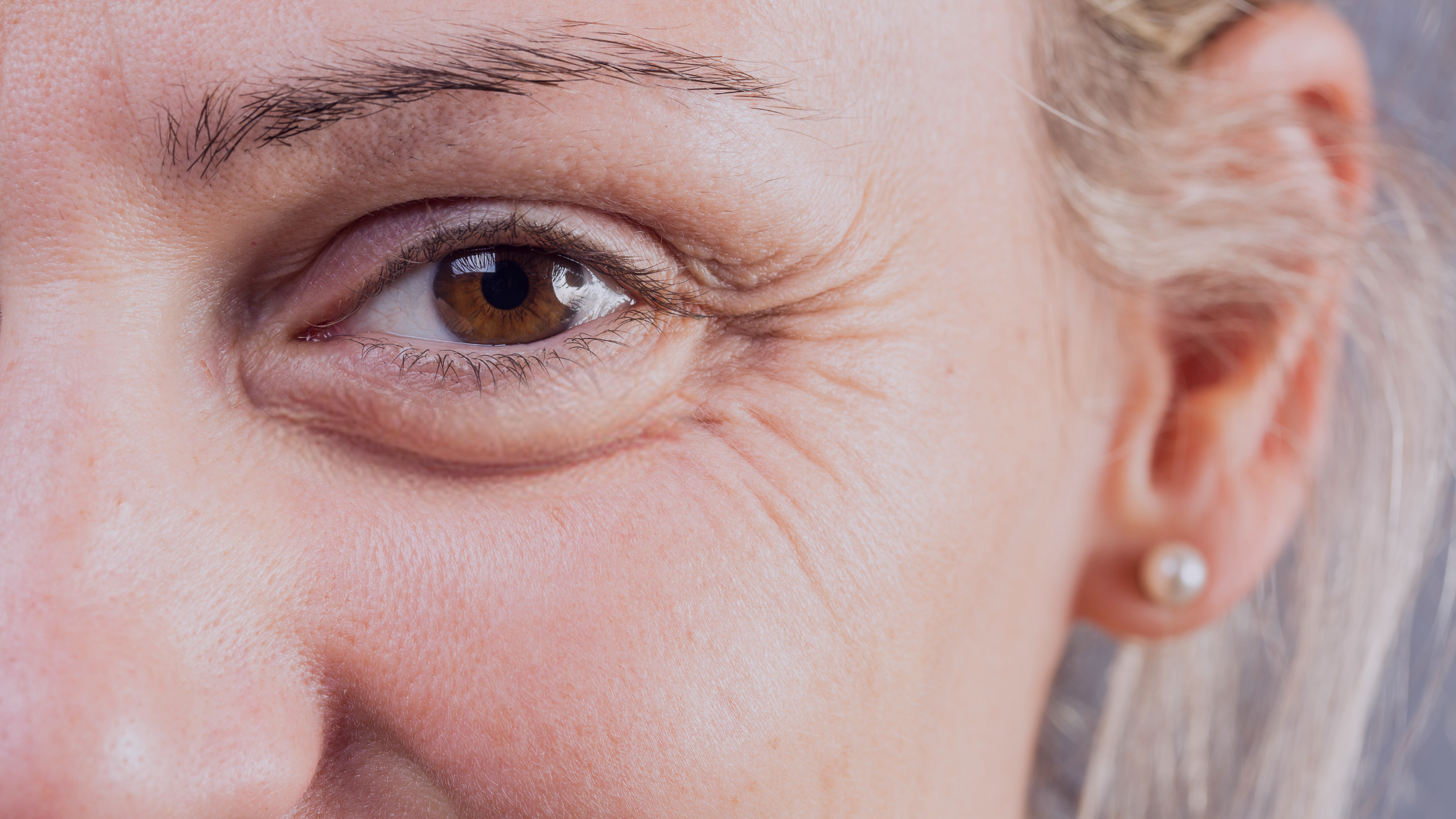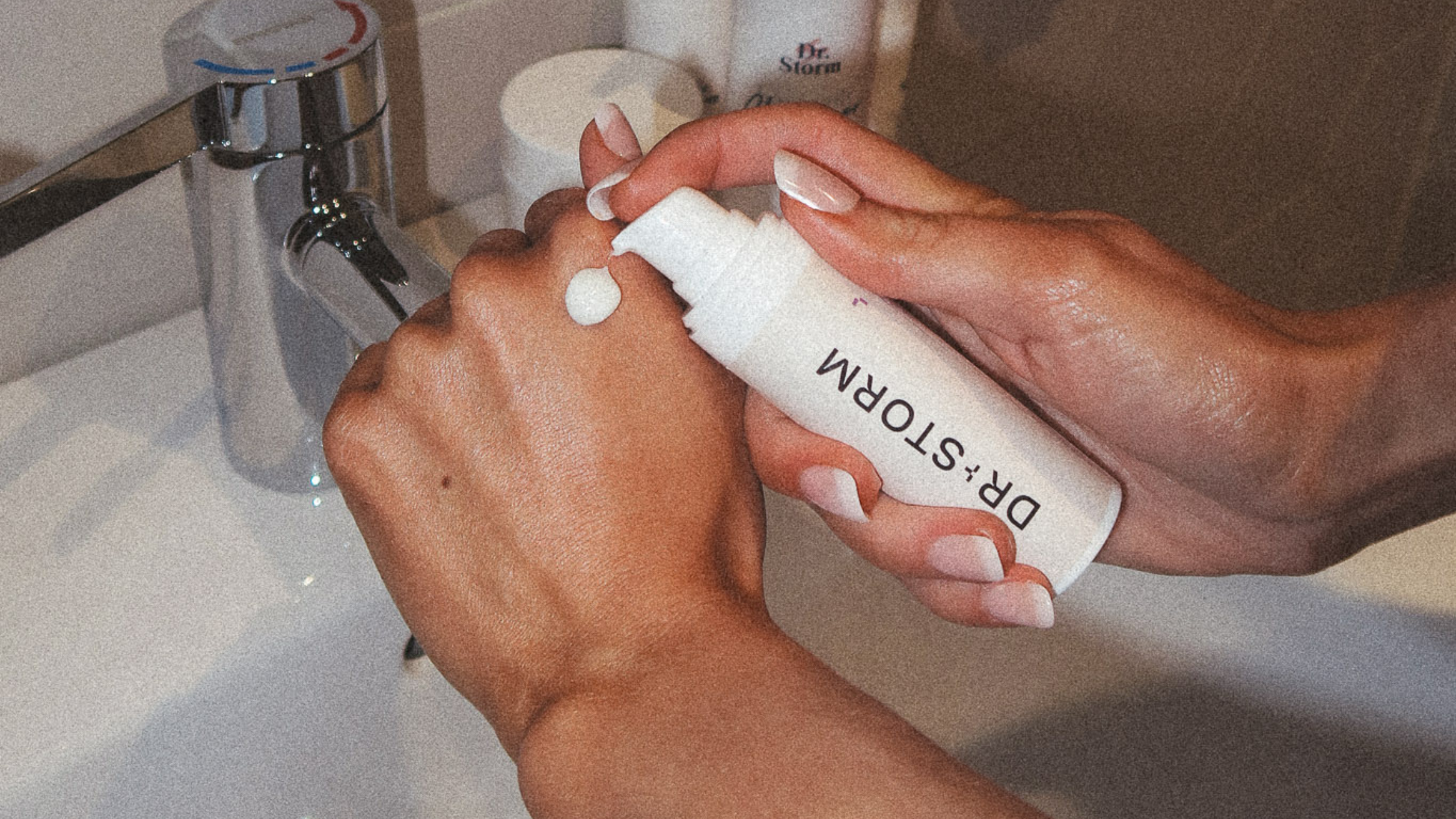Welcome to our special feature on Sun Awareness Week! As the warmer months approach, it's crucial to spotlight the significance of safeguarding our skin from the sun's harmful rays. Sun Awareness Week is a timely reminder for all of us to review our sun protection habits and understand sunscreen's vital role in our daily lives.
Whether planning a beach holiday, gearing up for outdoor sports, or just spending more time in the garden, sunscreen is essential. It's not just about avoiding sunburn; it's about long-term health. Regular use of sunscreen can significantly reduce your risk of skin cancer, the most common type of cancer in many parts of the world. It also helps prevent premature ageing caused by the sun, keeping your skin healthier and more youthful.
So, as we dive into this important week, let's explore how you can effectively protect yourself and your loved ones from UV radiation. Stay tuned for everything you need to know about SPF, choosing the right sunscreen, and making sun safety an integral part of your daily routine. Remember, taking a few minutes to apply sunscreen can make a huge difference in your health and well-being!
How Sun Exposure Affects Your Skin: The Importance of SPF Protection
Understanding the effects of sun exposure is essential for maintaining healthy skin. The sun emits two types of harmful rays that can significantly impact our skin: UVA and UVB. UVB rays are mainly responsible for sunburn, whereas UVA rays penetrate deeper into the skin, contributing to premature ageing and long-term damage. Both types of rays are significant factors in the development of skin cancer.
Why is it important to know about UVA and UVB rays?
Even during winter or early mornings and late afternoons when UVB rays are weaker, UVA rays maintain intensity throughout the day all year-round. This means that even on cloudy days or when you're sitting by a window, your skin is still exposed to these ageing and potentially cancer-causing rays.
Skin cancer is one of the most common types of cancer in the UK, with at least 100,000 new cases diagnosed each year and over 2,500 annual deaths from melanoma. The risk of developing skin cancer increases significantly with frequent and intense sun exposure, particularly if it results in sunburn.
It's important to note that UV radiation can damage everyone's skin, regardless of skin colour. Therefore, comprehensive sun protection measures are vital for everyone. While sunscreen plays a critical role in this protection, understanding the need for and effectiveness of various types of sun protection can greatly reduce the harmful effects of solar radiation.
What Sun Protection Factor Really Means for Your Skin
Sunscreen is a must-have in your daily skincare routine, but have you ever wondered what the SPF number on your sunscreen actually means? SPF stands for Sun Protection Factor, and it's a crucial indicator of how well your sunscreen can protect you from UVB rays—which cause sunburn and contribute to skin cancer.
Understanding SPF Ratings: The SPF number tells you how long you can stay in the sun without getting sunburned. For instance, if you usually start to burn after 10 minutes in the sun, applying an SPF 30 sunscreen theoretically allows you to stay outside for 300 minutes (30 times longer) without burning. However, this is a rough estimate and depends on the intensity of the sun, your skin type, and the amount of sunscreen applied.
Broad-Spectrum Protection: It's not just about the SPF number, though. While SPF only measures protection against UVB rays, choosing a "broad-spectrum" sunscreen is important. This type of sunscreen also protects against UVA rays, which are equally harmful and contribute to premature ageing and skin cancer but do not cause sunburn.
Correct Application Is Key: To achieve the full SPF protection advertised on the bottle, you need to apply sunscreen generously. Most adults need about one ounce (enough to fill a shot glass) to fully cover their body and half a teaspoon for the face and neck. Moreover, sunscreen should be reapplied every two hours or more often if you're swimming or sweating.
Choosing the correct SPF isn't just picking the highest number. It involves understanding the balance between UVB and UVA protection and applying your sunscreen correctly. Remember, a higher SPF helps extend your protection, but no sunscreen can block 100% of UV rays. Therefore, combining sunscreen with other forms of sun protection like clothing, hats and seeking shade during peak sunlight hours ensures the best defence against harmful rays.
How to Apply Sunscreen Correctly for Maximum SPF Protection
Applying sunscreen correctly is crucial for effective sun protection. To ensure you're getting the maximum benefit from your sunscreen, here are some key tips on how to apply it properly:
1. Quantity Matters: One of the biggest mistakes people make with sunscreen is not using enough. For full body coverage, adults typically need about one ounce of sunscreen—roughly the amount it takes to fill a shot glass. For the face and neck, at least half a teaspoon is recommended. It's a good amount to ensure that all exposed areas of the skin are protected.
2. Don't Forget Any Spots: Make sure to apply sunscreen to all exposed skin. Pay special attention to often-missed areas such as the tops of your feet, your neck, your ears, and the backs of your legs. Remember, UV rays don't discriminate and can reach all parts of your body.
3. Timing Is Everything: Sunscreen needs time to start working. Apply it to dry skin 15 to 30 minutes before going outdoors. This allows the sunscreen to bind to your skin and start protecting you as soon as you step into the sun.
4. Reapply Regularly: Sunscreen isn't a set-and-forget; it wears off. Reapply at least every two hours and more often if you are swimming, sweating, or towel-drying. Even water-resistant sunscreens eventually wash off or lose effectiveness, so reapplication is key.
5. Check Your Sunscreen's Expiry Date: Sunscreen doesn't last forever. Most sunscreens have a shelf life of three years, but this can be shorter if they have been stored in high temperatures. Always check the expiration date on the packaging and give the bottle a good shake before use, especially if it's been sitting around since last summer.
6. Use Different Types for Different Needs: Consider using different types of sunscreen for different parts of the body. For example, you might use a stick sunscreen for the face and a spray for hard-to-reach areas like your back. However, be cautious with spray sunscreens around the face and make sure to use enough.
Proper sunscreen application is a straightforward yet critical part of your sun safety routine. By following these tips, you'll ensure that you and your family are better protected against the harmful effects of UV radiation. Remember, sunscreen works best when combined with other protective measures like wearing hats and sunglasses and staying in the shade during peak sun hours. Stay sun-smart and enjoy your time outdoors safely!
Selecting the Best SPF for Your Skin Type
Choosing the right sunscreen is not just about picking a high SPF; it's also about finding a formula that suits your skin type and lifestyle. Here's how you can select the best sunscreen to keep your skin protected and healthy:
1. Tailoring to Your Skin Type:
- Oily Skin: If you have oily skin, look for sunscreens labelled "non-comedogenic," meaning they won't clog pores. Gel-based sunscreens can be a great option as they feel lighter and less greasy.
- Dry Skin: For those with dry skin, opt for sunscreens that have moisturising ingredients. Cream-based sunscreens that contain hydrators like glycerin or aloe vera can keep your skin nourished and protected.
- Sensitive Skin: Mineral sunscreens containing zinc oxide or titanium dioxide are typically gentler on sensitive skin as they are less likely to cause irritation.
- All Skin Types: The Dr Storm SPF50 is a standout choice for anyone looking for a sunscreen that ticks all the boxes. It's lightweight, moisturising, and leaves no white cast, making it perfect for wearing under makeup. Moreover, it offers broad-spectrum protection against UVA and UVB rays, ensuring comprehensive sun protection.
2. Water-Resistant Sunscreens:
If you're planning to swim or engage in activities that cause sweating, it's crucial to use water-resistant sunscreen. Look for products that offer water resistance for up to 40 or 80 minutes, and remember to reapply immediately after swimming or excessive sweating to maintain optimal protection.
3. Sunscreen for Children and Skin Conditions:
Children and those with skin conditions require extra care when selecting sunscreen. For children, choose sunscreens formulated specifically for their sensitive skin, which are usually free of parabens and fragrances and are water-resistant. People with skin conditions like eczema should opt for fragrance-free, hypoallergenic sunscreens to minimise the risk of skin irritation.
Selecting the right sunscreen involves considering your specific skin needs and lifestyle activities. By choosing wisely, you can ensure that your skin is protected from harmful UV rays and treated with the care it deserves.
The Specific Effects the Sun Has on Your Skin
The sun's influence on our skin, particularly on the face, is profound and multifaceted. Prolonged exposure to the sun's ultraviolet (UV) rays can lead to several undesirable effects that accelerate the ageing process and impact the health of your skin.
1. Premature Ageing: One of the most noticeable effects of sun exposure is photoaging, which refers to the premature ageing of the skin caused by repeated exposure to UV rays. This results in changes to the skin's texture and appearance, including wrinkles, fine lines, and a leathery texture. The face is particularly vulnerable to these changes because it is frequently exposed to sunlight.
2. Loss of Elasticity: UV radiation damages the elastin fibres in the skin, which are responsible for its elasticity. Over time, this damage causes the skin to lose its youthful firmness and sag, contributing further to the appearance of wrinkles and drooping, especially around the jawline and under the eyes.
3. Hyperpigmentation: Sun exposure can also lead to hyperpigmentation, where patches of skin become darker in colour. This includes conditions like melasma, sunspots, and freckles, which are more common on the face. These spots are an accumulation of melanin, produced as the skin's defence mechanism against UV radiation.
4. Skin Texture Changes: The sun can also cause the skin's surface to become rough and uneven, contributing to a dull and aged appearance. Regular exposure without protection can also dilate small blood vessels under the skin, giving the skin a reddish appearance.
To combat these effects, it's crucial to use broad-spectrum sunscreen daily, wear protective clothing, and seek shade during peak sun hours. Emphasising sun protection can significantly mitigate these harmful effects, helping maintain the skin's health and youthful appearance.
Alternatives and Additional Sun Protection Strategies
While sunscreen is a vital tool in your sun protection arsenal, it is important to integrate other methods of sun defence to ensure comprehensive coverage. Here are some effective alternatives and additional strategies for staying sun-safe:
1. Protective Clothing: One of the simplest ways to protect your skin is to cover it up. Wear long-sleeved shirts, long pants, and broad-brimmed hats made from tightly woven fabric. Look for clothing designed for sun protection with an Ultraviolet Protection Factor (UPF) rating. UPF clothing is specially made to block UV rays and provides consistent protection throughout the day.
2. Sunglasses: Wear sunglasses that offer 100% UV protection to protect your eyes and the sensitive skin around them. Besides reducing the risk of eye diseases like cataracts, sunglasses prevent squinting, which contributes to crow's feet and other wrinkles around the eyes.
3. Shade: The sun's rays are strongest between 10 a.m. and 4 p.m., so seek shade during these peak hours. Whether under a tree, an umbrella, or a canopy, staying out of direct sunlight can significantly reduce exposure to UV rays.
4. UV Index Awareness: Pay attention to the UV index, which provides important information about the risk level of sun exposure for a particular day and location. The higher the UV index, the stronger the sun's rays are, and the more important it is to use all available forms of sun protection.
Combining these strategies with a high-quality sunscreen sets you up for the best defence against harmful UV rays. Together, these methods reinforce each other and provide layers of protection that help keep your skin healthy and youthful-looking.
Myths and Misconceptions about Sunscreen
When it comes to sunscreen and sun safety, there are several myths and misconceptions that can lead to inadequate protection. Let's debunk some of these common myths to ensure you're fully informed and can enjoy the sun safely:
Myth 1: "I don't need sunscreen on cloudy days."
Many people believe that sunscreen is unnecessary if the sun isn't shining brightly. However, up to 80% of UV rays can pass through clouds. This means your skin is at risk of UV damage, even on overcast days. Make sunscreen a part of your daily routine, regardless of the weather.
Myth 2: "I have dark skin, so I don't need sunscreen."
While it's true that melanin in darker skin tones offers some protection against UV radiation, it's not enough to prevent skin damage. People of all skin colours can develop skin cancer, so sunscreen is essential for everyone.
Myth 3: "Sunscreen is all I need for sun protection."
While sunscreen is a critical tool in your sun protection toolkit, it works best when used in conjunction with other methods. Clothing, hats, sunglasses, and shade all provide additional layers of protection and help minimise your overall UV exposure.
Myth 4: "Applying sunscreen once is enough for the day."
Sunscreen needs to be reapplied every two hours, especially if you are swimming, sweating, or towelling off. Even the best water-resistant sunscreens eventually wear off, so frequent reapplication is key to maintaining protection.
You can adopt a more effective sun protection routine by dispelling these myths. Remember, the right knowledge and precautions can make all the difference in maintaining healthy, protected skin all year round.
Conclusion
As we wrap up our comprehensive guide on sun awareness and the importance of sunscreen, remember that protecting your skin from the sun's harmful rays is not just about avoiding sunburn; it's about safeguarding your health for the long term. Regular use of sunscreen, combined with other sun protection strategies, significantly reduces your risk of skin cancer and prevents premature skin ageing.
Sun Awareness Week is a perfect time to start making sun protection a daily habit. Whether choosing the right sunscreen like Dr Storm SPF50 for its broad-spectrum protection and skin-friendly formula or adopting additional measures such as wearing protective clothing and seeking shade, every step you take is a step towards healthier skin.
Let's commit to better sun protection routines, not just during this awareness week but throughout the year. Your skin will thank you for it with a healthier appearance and reduced signs of ageing. Here's to enjoying sunny days safely and smartly! Remember, it only takes a few minutes to apply sunscreen but the benefits last a lifetime. Stay sun-safe and keep your skin glowing!







